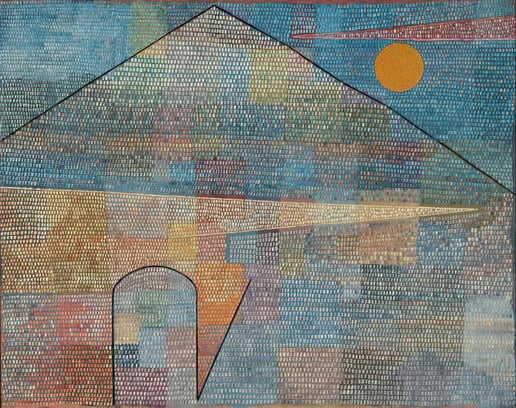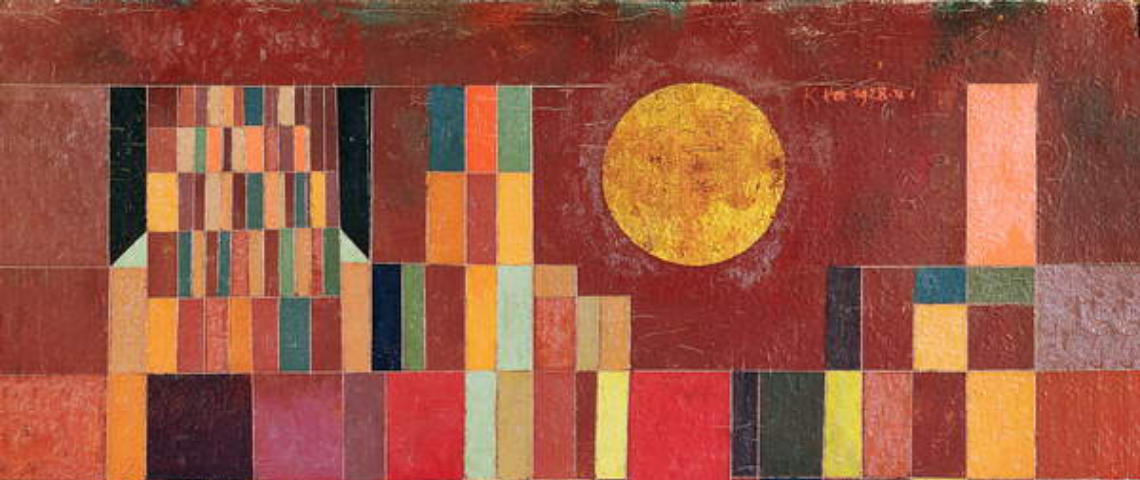
Remembering Paul Klee (1879-1940)
The 29th June 2020 marks eighty years since the death of Paul Klee, one of the most important artists and innovators of the 20th century. His in-depth study of colour has been highly influential and his methods in abstraction can be seen in the likes of both Rothko and Miró. During his time teaching at the Bauhaus school alongside Kandinsky, he was known as the ‘magician’.
In remembrance of this brilliant artist, we had a look at five key facts about his life.
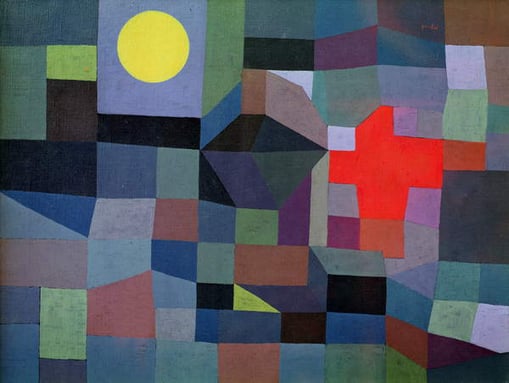
(1) His art was heavily influenced by his love of music.
Klee was born in 1879 in Switzerland to a family of musicians, and music became one of the earliest influences on his work. With a particular love for Bach and Mozart, he played violin as a child, and played in the Berne municipal orchestra as a teenager. He showed considerable promise for a career in music, but became passionate about art after his studies in Munich. In his early paintings, he explores structural affinities between painting and music. Later in life, in his lectures to Bauhaus students, he taught about the mathematics behind musical patterns.
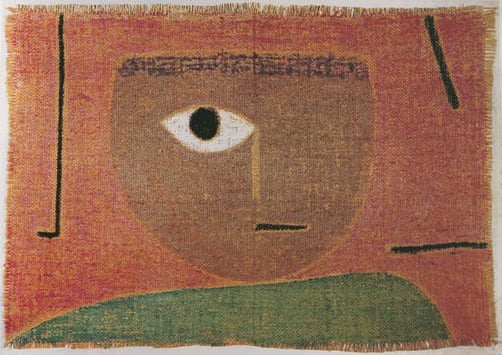
(2) His fascination with colour was spurred by a trip to Tunisia.
In April 1914, Paul Klee undertook a two week study trip to Tunisia with August Macke and Louis Moilliet that would later be recognised as a turning point in modern art. He was fascinated by the bareness of the landscapes and architecture, which pushed the artist’s work further towards abstraction. After the trip, Klee’s watercolours and drawings became even further from reality and he began heavily focusing on colour.
During his trip, he wrote in his diary: ”I feel my work and it gives me confidence in myself without effort. Color possesses me. I don’t have to pursue it. It will possess me always, I know it. That is the meaning of this happy hour: color and I are one. I am a painter.”
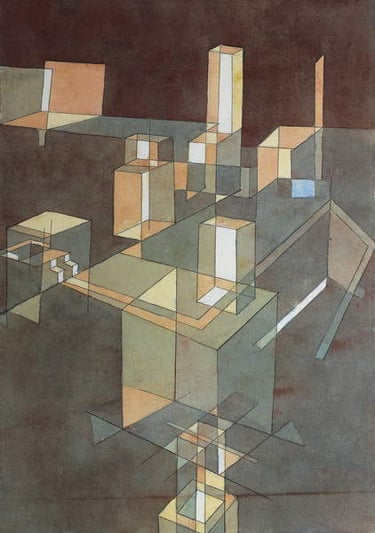
(3) World War I significantly influenced his work.
Although he was a German citizen, Klee did not have to fight in the war due to his status as an artist. He kept creating art throughout World War I and the war heavily influenced the direction of his art. When the conflict came to an end in 1918, he felt a great deal of political optimism, and his work became more exuberant, humorous and whimsical.
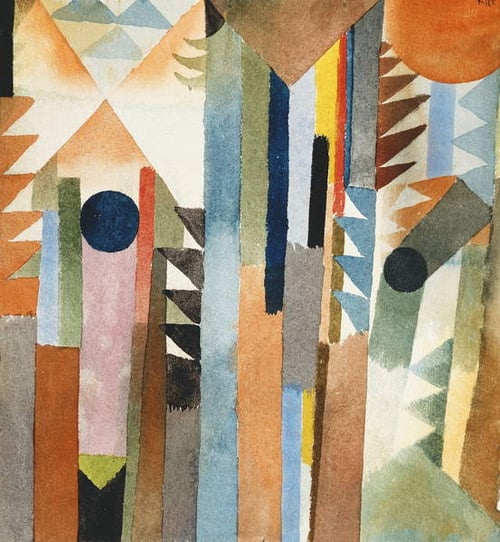
(3) Under Nazi Germany, his art was deemed “degenerate”.
Klee taught at the Bauhaus from 1921 to 1931, leaving shortly before the Bauhaus closed under Nazi pressure. Klee moved to Düsseldorf to teach at the Düsseldorf Academy, but only taught for two terms before Hitler clamped down on the artistic scene in Germany. Klee was banned from teaching or exhibiting his work and monographs about Klee were destroyed. In 1933, he fled Germany and settled in Bern, Switzerland. In 1937, seventeen of his paintings were later displayed at the Nazi “Degenerate Art” exhibition in Munich.
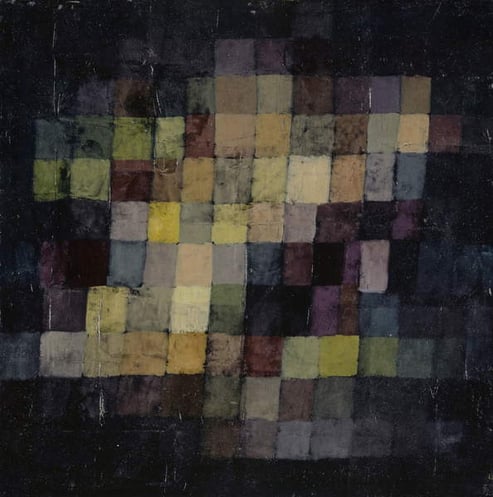
(4) His art resists classification.
Over his lifetime, Klee finished more than 10,000 paintings, drawings, and etchings. While he was influenced by movements such as expressionism, cubism and surrealism, and was known as a pioneer in abstract art, his body of work cannot be put into one box or category. Indeed, perhaps the uniting feature in all his work is not one style or movement, but that they are witty, imaginative, and magical.
